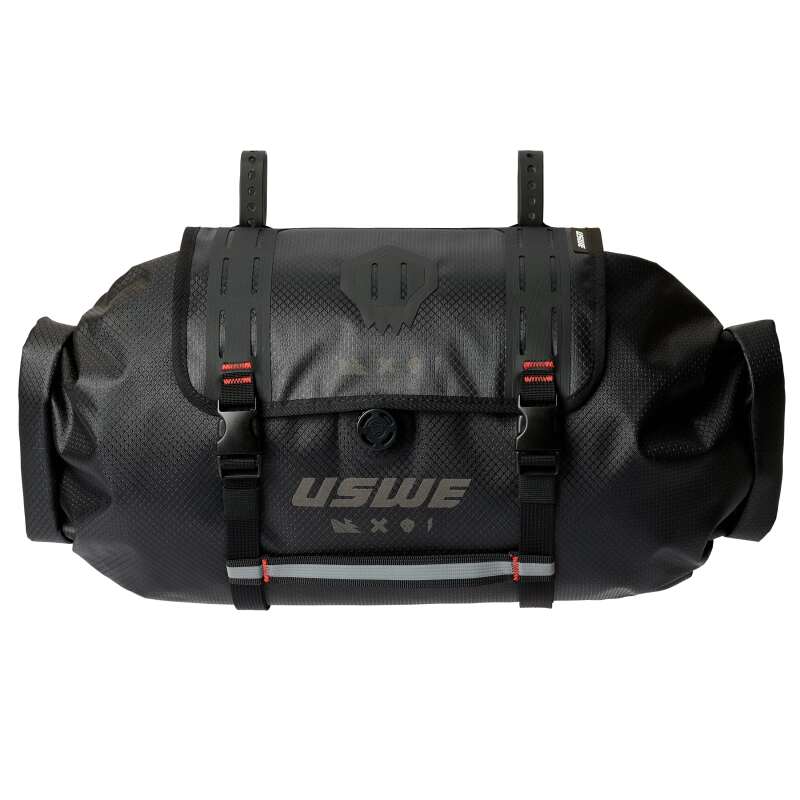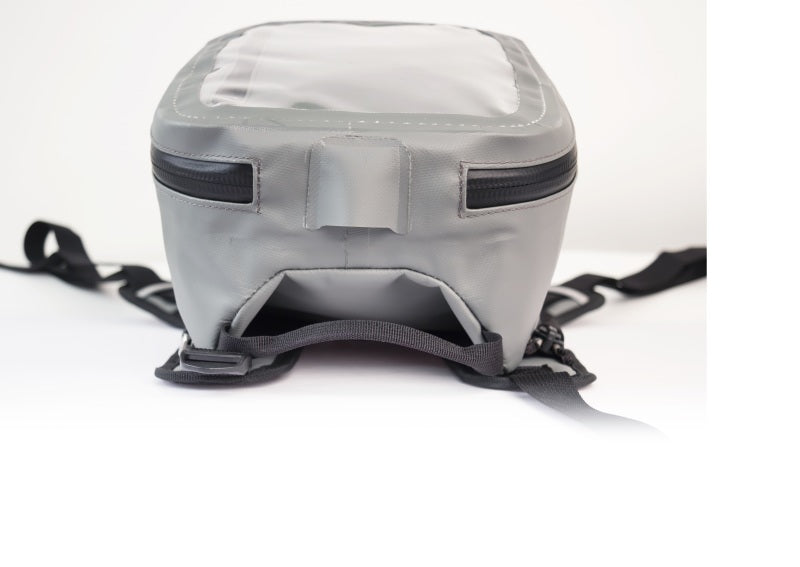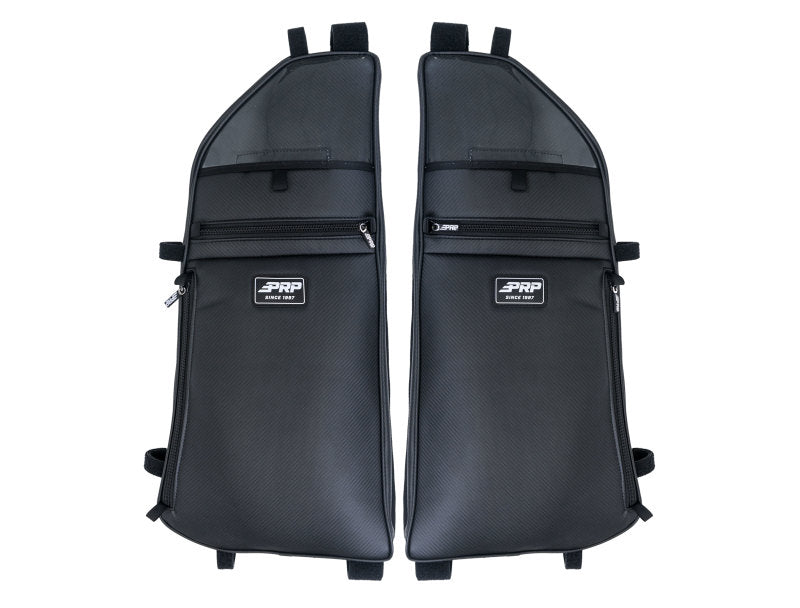Your car's suspension system is super important for a smooth ride and safe driving. In fact, 95% of cars have one! It's made up of three main parts: springs, shock absorbers, and linkages. These parts work together to absorb bumps and vibrations.
There are different kinds of suspension systems, each with its own strengths and weaknesses. Let's explore how these parts work together and why taking care of them is crucial.
Key Takeaways
-
A car's suspension system consists of springs, shock absorbers, and linkages that work together to absorb bumps and vibrations for a comfortable ride.
-
Independent suspension allows each wheel to move separately, enhancing handling and traction, while solid axle suspension connects both wheels for strength.
-
Regular maintenance, including inspecting and replacing worn-out parts, is crucial to prevent uneven tire wear, bumpy rides, and safety issues.
-
Understanding how the suspension system works is essential for early problem detection, ensuring smooth car performance, and prolonging vehicle lifespan.
-
Upgrading the suspension system can improve handling, stability, and comfort, but it's essential to choose the right parts and consider driving style and goals.
Understanding Car Suspension Basics
Cars have a special system called suspension that helps us drive smoothly and safely. This system has three main parts: springs, shock absorbers, and linkages. They work together to make sure the car stays stable and comfortable.
The springs help absorb bumps in the road. The shock absorbers control how much the car bounces up and down. The linkages connect everything and help transfer weight to the wheels.
In some cars, each wheel has its own suspension system. This is called independent suspension. It helps the car handle better and gives more traction. A good suspension system is important for a car to perform well. It affects how the car handles, how well it grips the road, and how safe it is.
If you understand how the suspension system works, you can spot problems early and keep your car running smoothly. A well-maintained suspension system helps your car last longer and perform better.
Types of Car Suspension Systems
Cars have different kinds of suspension systems, which are designed to fit specific vehicle needs and driving styles. The type of suspension system used can make a big difference in how a car performs, how comfortable it is, and how fun it's to drive.
There are a few common types of suspension systems:
-
Independent suspension lets each wheel move on its own, which helps the car handle better and feel smoother on different roads.
-
Solid axle suspension connects both wheels together, making it strong and sturdy, perfect for heavy-duty vehicles like trucks.
-
MacPherson strut suspension is often used in front-wheel-drive cars, and it's lightweight and compact, which helps the car perform well.
There are other types too, like Double wishbone, Leaf springs, Trailing arm, Torsion bars, Coil springs, Axle Suspension, and Sway bars. Each one has its good and not-so-good points, so it's important to understand the differences when picking a car or upgrading the one you have.
Key Components of Suspension
A car's suspension system has four main parts that work together to give you a smooth ride. These parts are springs, shock absorbers, struts, and anti-roll bars.
Springs come in different shapes like coils, leaves, or bars. They absorb bumps on the road, making your ride comfortable.
Shock absorbers, also called dampers, help stop the car from bouncing up and down when you hit a bump. They also help hold the car's weight.
Struts provide strength to the car's body and keep the tires in the right position. This helps the car stay stable and handle well.
Anti-roll bars, also known as sway bars, help the car stay steady when you turn a corner. This makes the car easier to control.
Each of these parts plays a vital role in making your ride smooth and stable.
How Car Suspension Systems Work
When you're driving, your car's suspension system helps you have a smooth ride. It absorbs bumps and vibrations from the road, making your trip more comfortable. This system has many parts, including springs, shock absorbers, and linkages, that work together to support the car's weight, passengers, and cargo.
The suspension system is important for keeping your car stable and handling well. Here's how it works:
-
It absorbs energy from bumps, which helps you stay comfortable and in control.
-
It keeps your tires in contact with the road, which makes your car handle better and corner smoothly.
-
It supports the weight of your car, passengers, and cargo, making your ride smooth and stable.
Knowing how your car's suspension system works can help you take better care of your car and keep it running well.
Importance of Vehicle Suspension
A good suspension system is important for a safe and fun drive. It helps you control the car, feel comfortable, and stay safe on the road. When your suspension is working well, it absorbs bumps, keeps the car stable, and helps you steer smoothly. This means you can drive with confidence.
The suspension parts, like springs and shock absorbers, work together to spread the weight of the car evenly. This helps the car handle well when you accelerate, brake, or turn. A smooth ride also means less body roll, and when you hit a bump, the suspension absorbs the shock, making the ride comfortable.
Regular checks are important to find any problems early. This keeps your suspension working well, which improves your car's performance, safety, and lifespan. By taking care of your suspension, you'll have a better, safer, and longer-lasting car.
Signs of a Failing Suspension
A faulty suspension system can cause big problems for your car. A good suspension system helps you have a smooth ride. If you know what to look for, you can catch problems before they get out of hand.
Watch out for these signs of trouble:
- Your car bounces or dips a lot when you drive over bumps.
- Your tires wear down unevenly, with bald spots or cupped shapes.
- Your car leans to one side when you turn or pulls to one side when you drive.
Also, listen for strange noises like clunking or knocking when you drive over bumps. These sounds can mean your suspension is failing.
If you feel every bump in the road or your ride is rough and uncomfortable, it might be a sign of suspension trouble. If you ignore these signs, it can lead to more damage and make your car run poorly.
Maintaining Your Car's Suspension
Take Care of Your Car's Suspension to Ride Smoothly
Catch problems early to avoid bumpy rides and uneven tire wear. Regular checks keep your car's suspension in top shape.
Inspect and replace worn-out parts like shock absorbers and springs to keep your car running smoothly. Properly inflated tires are a must for even weight distribution, which affects your car's stability.
Lubricate suspension parts to reduce friction and keep them moving smoothly. Managing your car's weight also helps maintain suspension stability and prevents early wear.
Upgrading Your Car's Suspension
When you want to upgrade your car's suspension, think about what kind of car you have, how you drive, and what you want to achieve. This helps you pick the right parts for the best results.
To get it right, remember these important things:
-
Suspension kits: These include all the parts you need, like springs and shock absorbers, to make the upgrade easy.
-
Get a pro to install it: If you're making big changes, let a professional do it to make sure it's safe and works correctly.
-
Make it yours: Choose parts that fit your car, driving style, and what you want to achieve. This way, you'll get the most out of the upgrade.
Frequently Asked Questions
What Are the Basics of Suspension System?
You're wondering what the fundamentals of a suspension system are. Basically, it's a system of springs, shock absorbers, and linkages that support the vehicle's weight, absorb road impacts, and enhance stability, steering control, and ride comfort.
What Are the Four Types of Suspension Systems?
You'll find there are four main types of suspension systems: independent, dependent, semi-independent, and air suspension, each catering to specific vehicle needs, driving conditions, and ride comfort preferences.
How Do I Choose the Right Suspension for My Car?
You determine the appropriate suspension for your car by evaluating your driving style, typical terrain, and load capacity, then exploring upgrades for off-road capabilities or increased support, and finally seeking advice from professionals for compatibility.
What Are the Three Basic Requirements of Any Suspension System?
You need to know that the three basic requirements of any suspension system are to provide a smooth ride, enhance vehicle stability, and absorb and dissipate energy from road irregularities, ensuring peak performance and safety.





